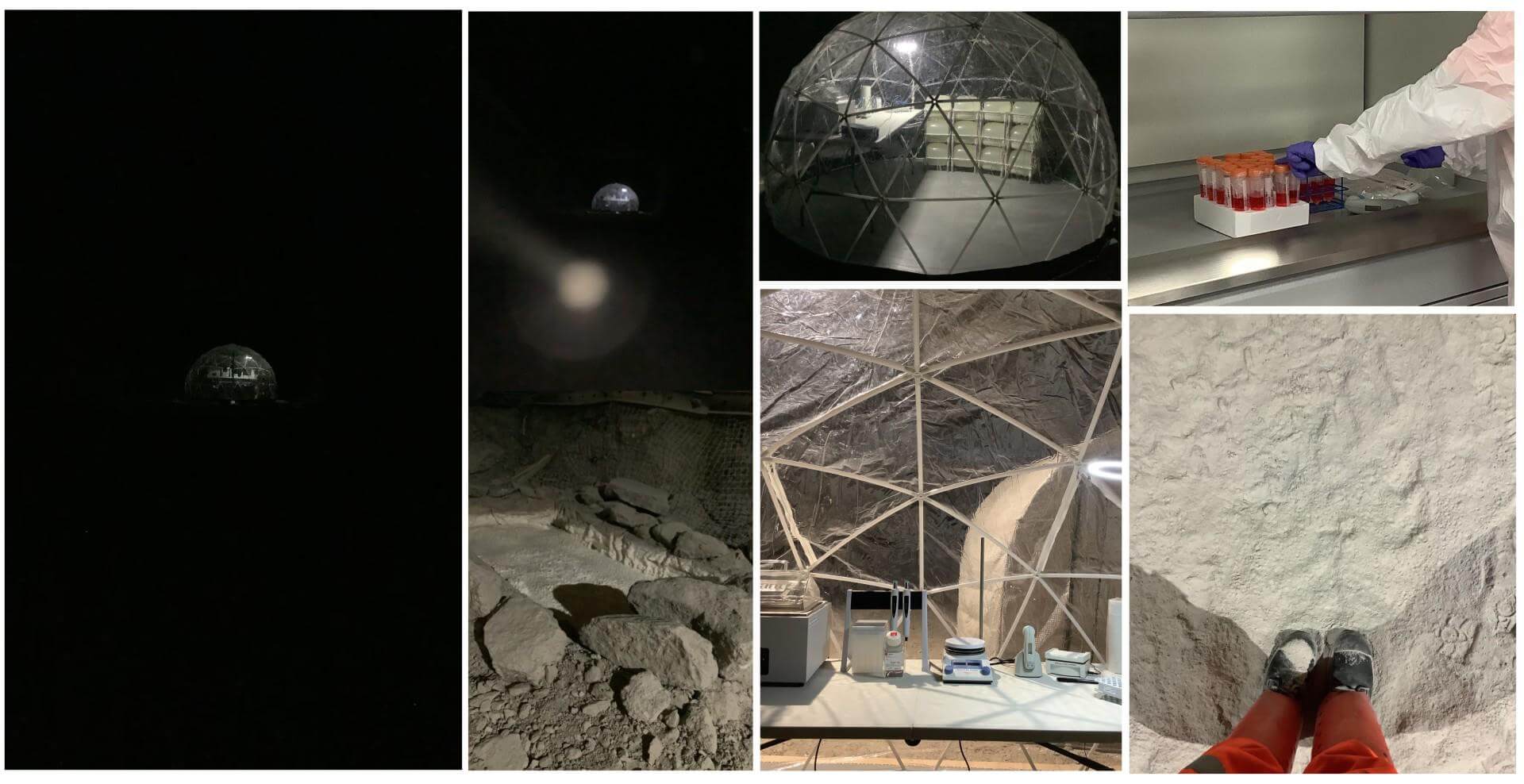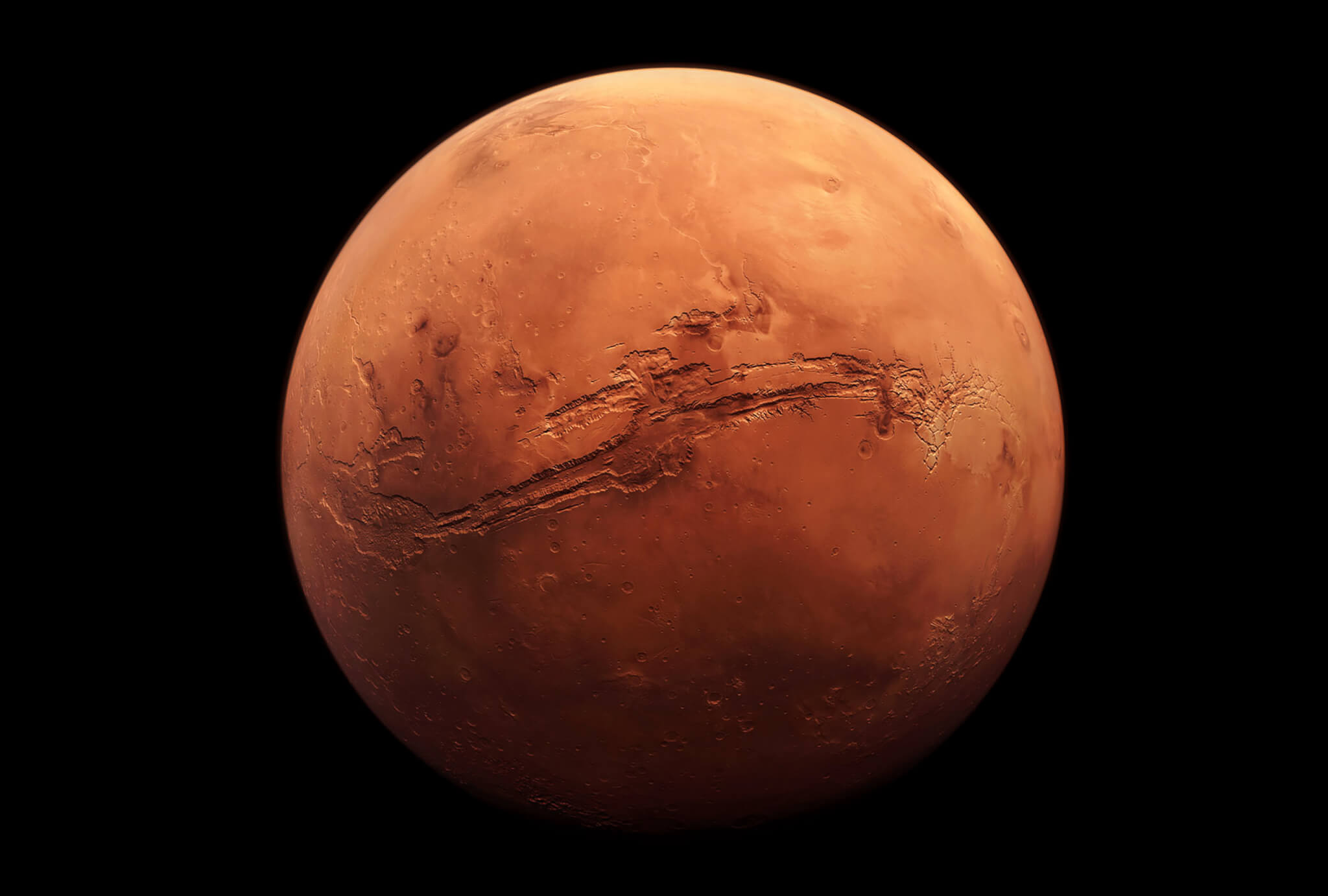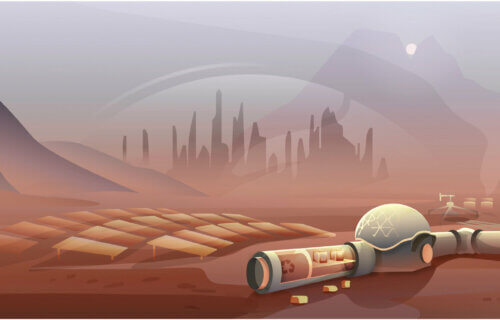BIRMINGHAM, United Kingdom — “Stars on Mars” may make for some great reality television, but could humans actually make it to the Red Planet and live there long-term? The answer may be right here on Earth — deep underground. Scientists from the University of Birmingham are simulating what it would take to make a suitable space habitat for humans to survive on Mars or the Moon, using underground tunnels as their habitats.
As part of the Bio-SPHERE (Biomedical Sub-surface Pod for Habitability and Extreme-environments Research in Expeditions) project, scientists are exploring how scientific and medical operations would take place in challenging environments like Mars. The facility is located 1.1 kilometers below the surface, inside one of the deepest mine areas in the entire U.K.
Additionally, it is located in a 3,000m3 tunnel network next to the Boulby Underground Laboratory, which studies particle physics and astrobiology. The labs go through 250-million-year-old rock salt deposits made up of Permian evaporite layers originally from the Zechstein Sea.
“The Bio-SPHERE project promises to help answer some key logistical questions in establishing sustainable living conditions in remote, subterranean environments and in doing so will significantly contribute to the essential preparations for our collective long, difficult and exciting journey ahead. It is also a great example of the diverse range of science studies that can be carried out in a deep underground science facility, and we are very happy to be hosting it,” says Professor Sean Paling, director and senior scientist at the Boulby laboratory, in a university release.

The features in the underground geological environment give scientists the ability to recreate the conditions humans would experience working in similar caverns on the Moon and Mars. This includes remoteness, limited access to new materials, and trouble moving heavy equipment around. Additionally, the ultra-low radiation environment gives scientists an opportunity to simulate how underground habitats might protect space crews from deep-space radiation and falling debris from meteorites.
The first facility in the Bio-SPHERE project is a three-meter-wide simulation module made to test biomedical procedures necessary to prepare materials for treating tissue damage. These include complex fluids, polymers, and hydrogels for use in wound dressings, or fillers for damage mitigation.
The environment also lets scientists model various mission scenarios that have to do with the extreme environments found in outer space. It will also prepare space crews for the changes in pressure, temperature, and geology.

“This new capability will help to gather information that can advise on the life support systems, devices and biomaterials which could be used in medical emergencies and tissue repair following damage in deep-space missions,” says Alexandra Iordachescu, a researcher at the University of Birmingham’s school of chemical engineering. “These types of metrics can guide system design and help to assess the scientific needs and acceptable timeframes in bioengineering operations under the constraints of isolated environments, such as space habitats.”
The study is published in the journal npj Microgravity.
You might also be interested in:
- Mississippi on Mars? Rover finds evidence a giant river once flowed on Red Planet
- ‘Cosmic concrete’ twice as strong as normal materials paves way to colonizing Mars
- Doorway on Mars? Photo by NASA rover stirs curiosity online


Underground cities will need towers reaching to the surface where people can take their kids and point to the blur morning/evening “star” and explain “That’s Earth, where we came from….”
“..blue” star. Sorry for the misprint.
Watch the AppleTV series Sio to see how wonderful life would be underground.
With “stars”, I think the question is, would anyone for any reason want to spend months in a transport ship going to Mars, let along taking the risk of mishap, radiation, meteor strike, etc just to visit and spend some time on a dead planet.
As a kid, I loved space stuff. I was just old enough to see and remember the Apollo series launches and finally the moon landing. I would have jumped like a frog in boiling water to go live on a Moon Base at that time. But, then nothing.
Then maturing to understand just how tailored this planet is to humanity, and just how lacking in intelligence that same humanity is in terms of self-organizing and managing this planet. Elon Musk is wrong. We could spread out through the whole solar system but until we become intelligence and self-organizing or at the very least keep our numbers way down we will bring the same destruction and misery and ultimately and end to ourselves.